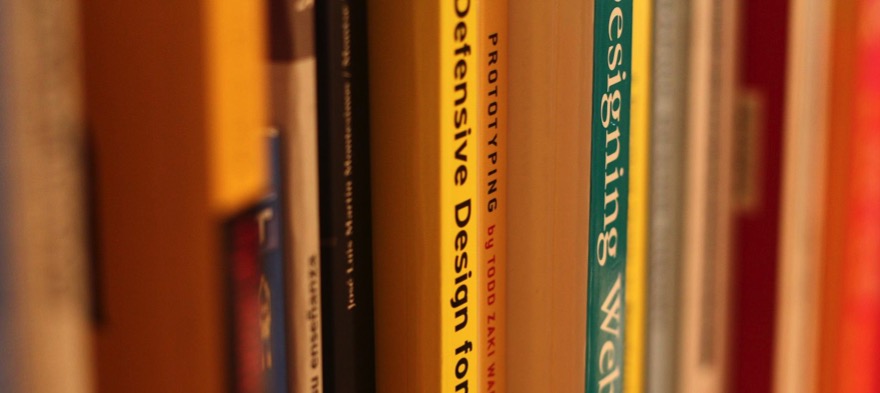Pernille Ripp is a seventh-grade English teacher in Oregon, Wisconsin.
In 2010, Ripp founded
Global Read Aloud, a global reading project that has connected more than 500,000 students on six continents. The project has been nominated for two Edublog awards, one for best use of Wikis and the other for Best Social Network for Educators.
Pernille ...


 insight
insight